Truck driving techniques are paramount to ensuring the safety of the driver, cargo, and other road users. This article provides a detailed guide on truck driving techniques, from basic operations for beginners to advanced skills for experienced drivers, along with safe city driving tips.
I. Basic Truck Driving Techniques for Beginners
This section guides beginners in getting acquainted with trucks and basic operations.
1. Adjusting the Driver’s Seat and Rearview Mirrors
A comfortable driving posture is crucial. Adjust the driver’s seat to fit your physique, ensuring your legs can fully depress the clutch, brake, and accelerator pedals with a slight bend in your knees, and your back leans lightly against the seatback. Hold the steering wheel gently, look straight ahead, and keep your legs relaxed. 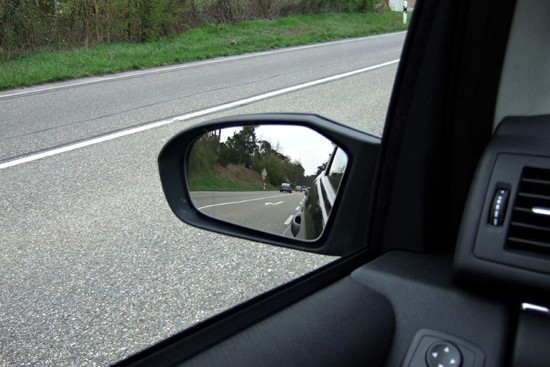 Adjusting truck side mirror
Adjusting truck side mirror
Rearview mirrors need to be adjusted to clearly observe the rear and sides of the vehicle. 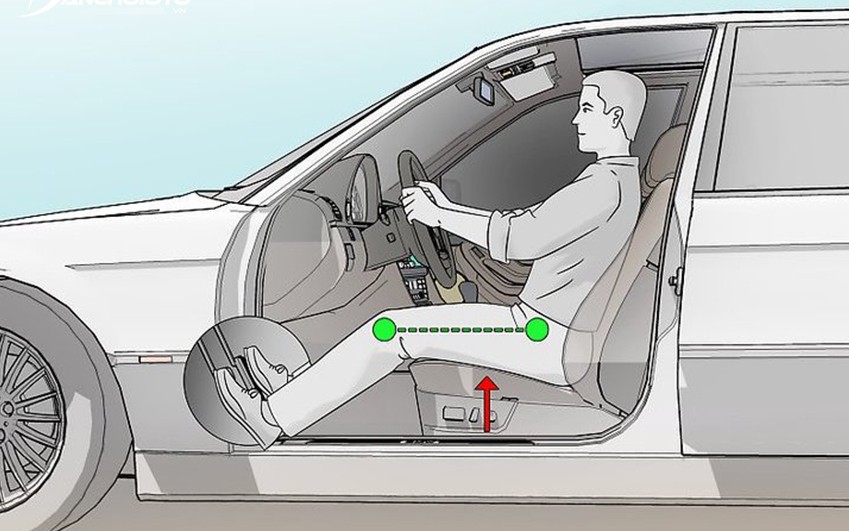 Adjusting truck driver seat height
Adjusting truck driver seat height
2. Holding the Steering Wheel Correctly
Hold the steering wheel with your left hand at the 9-10 o’clock position and your right hand at the 2-4 o’clock position. Wrap four fingers firmly around the rim, with your thumb placed along the rim. Keep your shoulders and arms relaxed and natural, without tensing up or reaching too far.  Correct hand position on truck steering wheel
Correct hand position on truck steering wheel
3. Using the Gearbox
Using the gearbox correctly helps save fuel and extend the vehicle’s lifespan. N (Neutral) is gear 0, used when the vehicle is completely stopped or being towed or pushed.
- Starting: For manual transmission vehicles, put it in neutral (N or 0) and engage the parking brake. For automatic transmission vehicles, put it in P (Parking).
- Stopping at red lights (over 30 seconds): Shift to N and engage the parking brake.
- When driving: For automatic transmission vehicles, use D (Drive). Manual transmission vehicles need to shift gears according to speed and terrain.
- Absolutely do not shift to N when going downhill: This is very dangerous as it will result in loss of speed control. Use a low gear (gear 1, 2, or 3) to utilize engine braking.
 Holding the steering wheel correctly
Holding the steering wheel correctly
4. Notes When Stopping at Red Lights
Avoid keeping the transmission in D and holding the brake pedal while stopped at red lights as it wears down the brakes and wastes fuel. 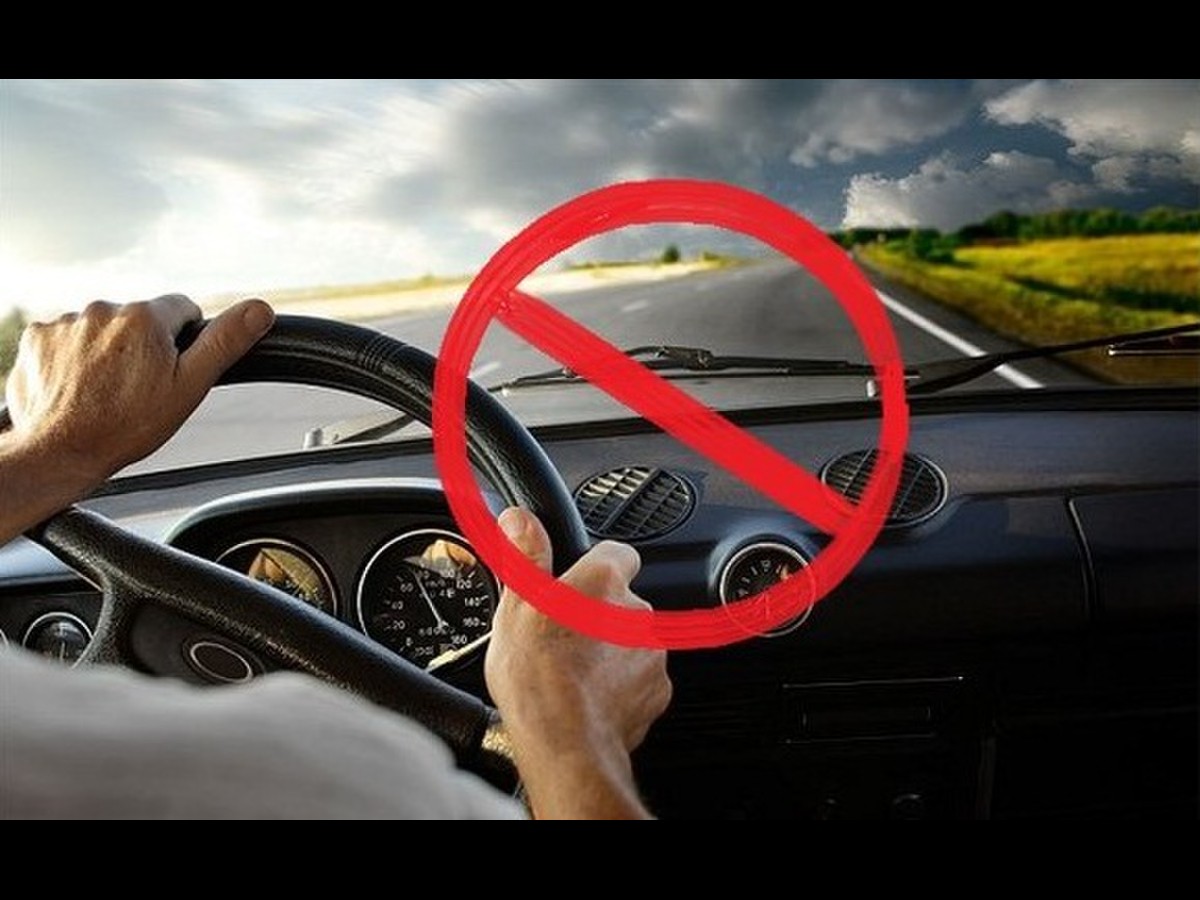 Driving tips for new truck drivers
Driving tips for new truck drivers
II. Advanced Truck Driving Techniques
1. Starting on an Incline
Use the technique of coordinating the clutch, accelerator, and brake to prevent the vehicle from rolling back.
2. Navigating Wheel Tracks and Right-Angle Narrow Roads
Align the vehicle so that the wheels follow the lane markings and do not touch the road edges.
3. Navigating Winding Roads
Apply the rule of “Approach the outside, Exit to the inside” (for right turns in right-hand traffic, and vice versa).
4. Parallel Parking
Use the rearview mirrors to align the vehicle and steer accurately.
5. Changing Gears on a Straight Road
Upshift when the speed reaches the required level and downshift when needing to reduce speed.
III. Safe Truck Driving Tips in the City
1. Maintain Steady Acceleration
Keep a steady foot on the accelerator, avoiding sudden increases or decreases, which helps save fuel and ensures safety.  Maintaining steady acceleration in a truck
Maintaining steady acceleration in a truck
2. Drive at the Permitted Speed Limit
Obey traffic laws and do not exceed the speed limit. 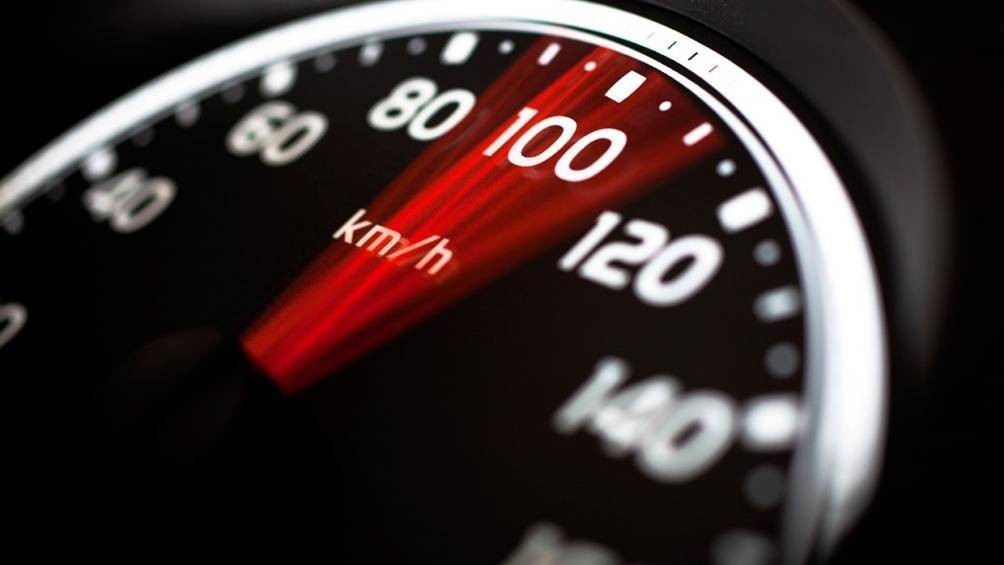 Speeding in a truck
Speeding in a truck
3. Maintain a Safe Following Distance
Always maintain a safe distance from the vehicle in front. 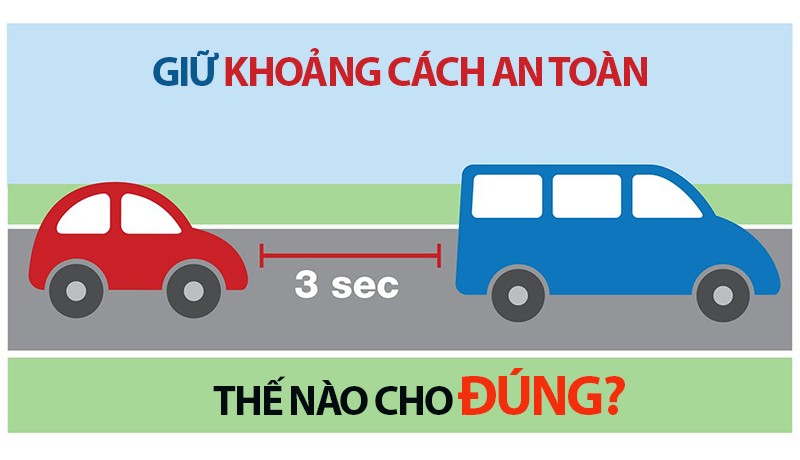 Maintaining safe following distance in a truck
Maintaining safe following distance in a truck
4. Pay Attention to Traffic Signs
Observe and obey traffic signs. 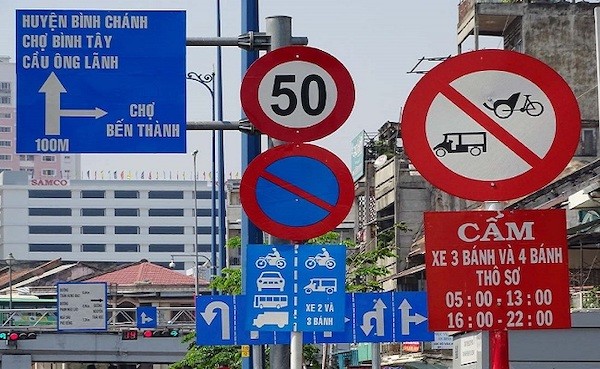 Paying attention to traffic signs while driving a truck
Paying attention to traffic signs while driving a truck
5. Avoid Rushing at Intersections
Obey traffic signals and do not run red lights. 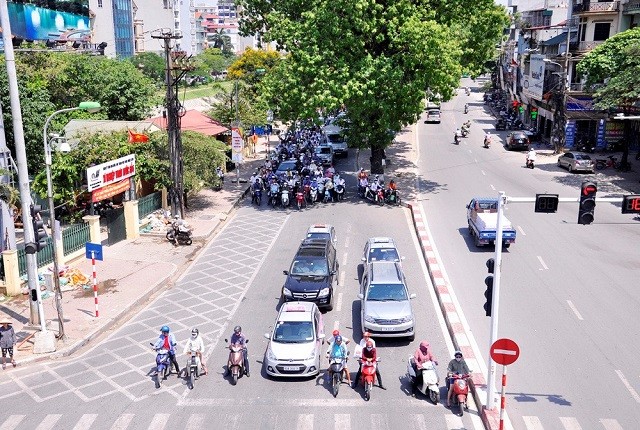 Running a red light in a truck
Running a red light in a truck
6. Observe Carefully
Observe rearview mirrors, blind spots, and the surroundings of the vehicle. 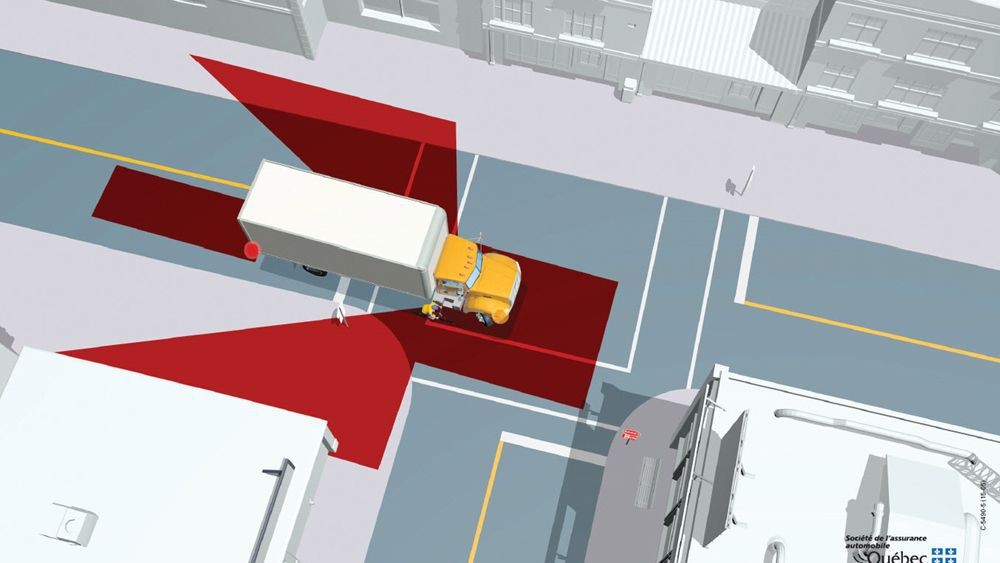 Checking blind spots around a truck
Checking blind spots around a truck
7. Use Turn Signals
Use turn signals before changing lanes or turning.  Using turn signals in a truck
Using turn signals in a truck
8. Drive in the Correct Lane
Do not straddle lanes or drive in the wrong direction. 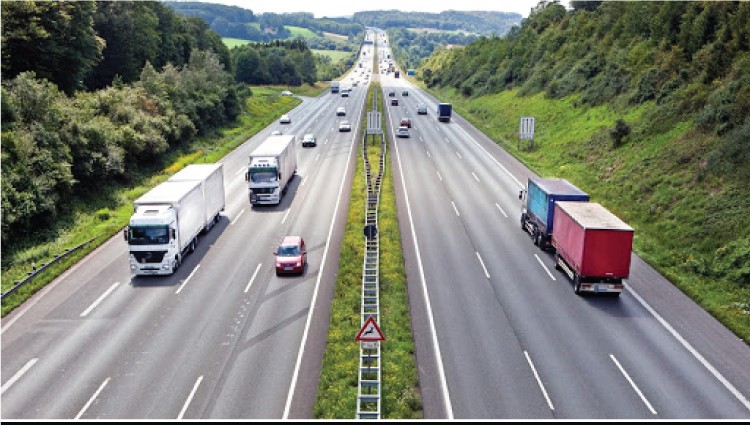 Staying in the correct lane while driving a truck
Staying in the correct lane while driving a truck
9. Limit U-turns
Limit U-turns in crowded areas.  No U-turn sign for trucks
No U-turn sign for trucks
10. Limit Hard Braking
Avoid hard braking, which can be dangerous for vehicles behind.
11. Pay Attention When Stopping and Parking
Stop and park in designated areas, avoiding traffic congestion.
12. Do Not Use High Beams
Do not use high beams in urban areas or residential zones.
